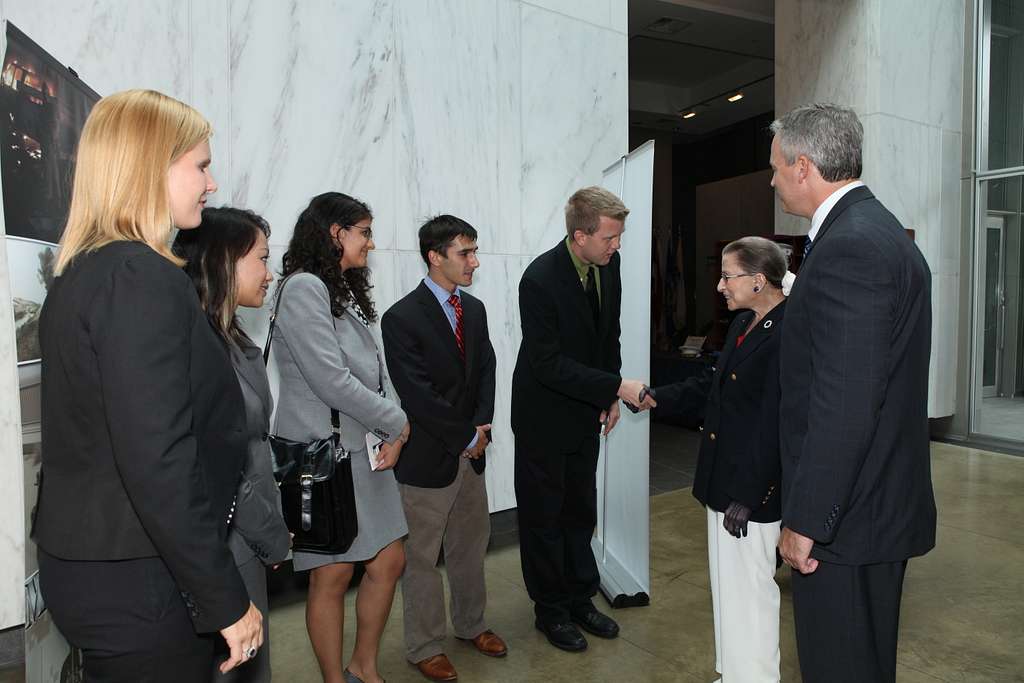This is an interesting case involving the one-year rule. The Civil Court’s finding – and it would appear to be correct – is that a claims representative can make a threshold determination involving whether the existence of an injury is ascertainable within one year from the date of loss. This is because the underlying issue does not involve the causal relationship between the loss and the service, but whether a reasonable person could ascertain the existence of a particular injury within one year after the accident. Since this case does not involve a causal relationship issue, a lay person can presumptively make this initial determination.
Yet, as this case also demonstrates, nothing stops the plaintiff from presenting evidence to demonstrate, in rebuttal, that the injury was ascertainable within one year from the loss.
AP Orthopedics & Rehabilitation, P.C. v Allstate Ins. Co., 2010 NY Slip Op 20082 (Civ. Ct. Richmond Co. 2010)
“For example, if an insured submitted expenses for a cervical injury and then three years later submitted expenses for a knee injury, the latter would not be ascertainable within in the meaning of section 5102. On the other hand, if the subsequent treatment was for cervical injury,”that injury would be ascertainable since expenses for treatment for that injury had been submitted to the insurer within the one-year period.” Id.”
…
“Thus, according to Stanovich and its progeny, it would appear that as long as the insurance company can prove that it received no claims for a shoulder injury within one year of the accident, it would prevail on its defense that a claim submitted for a shoulder injury some seven years after the accident was not ascertainable within one year of the accident.”
…
“Thus, if within a year it is not clear with certainty or discoverable that further expenses may be incurred, the insurer is under no obligation to pay for services rendered way after a year has expired. This determination can be made by a claims examiner who reviews records submitted or denials made on claims within the first year of the accident.”
…
“To hold otherwise, and require an insurance company to present a medical expert to validate a claim’s examiner’s testimony that the assignor failed to file any claims relating to the shoulder within a year of the accident, would run contra to the intent of the legislation and stymie the insurers’ expeditious processing of claims. It would force insurers to dwell on every claim they received to ascertain what claims for possible new injuries might be sent by the assignor more than a year after the assignor submitted his initial claims. The insurers would be foreclosed from closing any cases for fear that they might need a medical expert, some seven years after the accident, to pore over notes from doctors that were submitted within the initial year of the accident to opine as to whether the claim for new injuries was ascertainable within one year of the accident.”













5 Responses
No way a claims rep, let alone that claims rep, could have made that determination. That the question isn’t one of causal relationship, makes no difference. Only a doctor or some other qualified medical professional can determine this.
In the AP case, it involved a shoulder surgery. It appeared that there was nothing in the claims file, which would indicate the existence of prior shoulder complaints. This is the essence of the one year rule, at least as i have always understood it. It says that a complaint of a different body part cannot pop up one year after the loss, subject of course to a timely denial.
Look at it another way. If most accidents spur neck, shoulder, knee and back injuries or treatment is had for these parts within one year of the loss, then how can this issue arise? The better question, however, is if Plaintiff felt so strongly about their position, why wasn’t some rebuttal witness called – or why wasn’t some type of spoliation PJI requested?
To rebut the testimony of a claims rep whose sole knowledge of the facts came from a review of an electronic file. Really?
Analogize it to the proof necessary to show non receipt of a bill, or to show that a policy of insurance was never issued. A detailed search that fails to show the existence of an injury to that part of the body within one year of the DOL should prima facie prove the insurance carrier’s defense.
Now, if you want to argue that the proof at the trial was insufficient to meet the above burden, then I cannot offer an opinion without reviewing the trial transcript. And, I would rather not review the trial transcript because I have other things of a more pressing need to do.
Neither of us are going to look at the transcript. You have more pressing things to do; I’m extremely lazy.